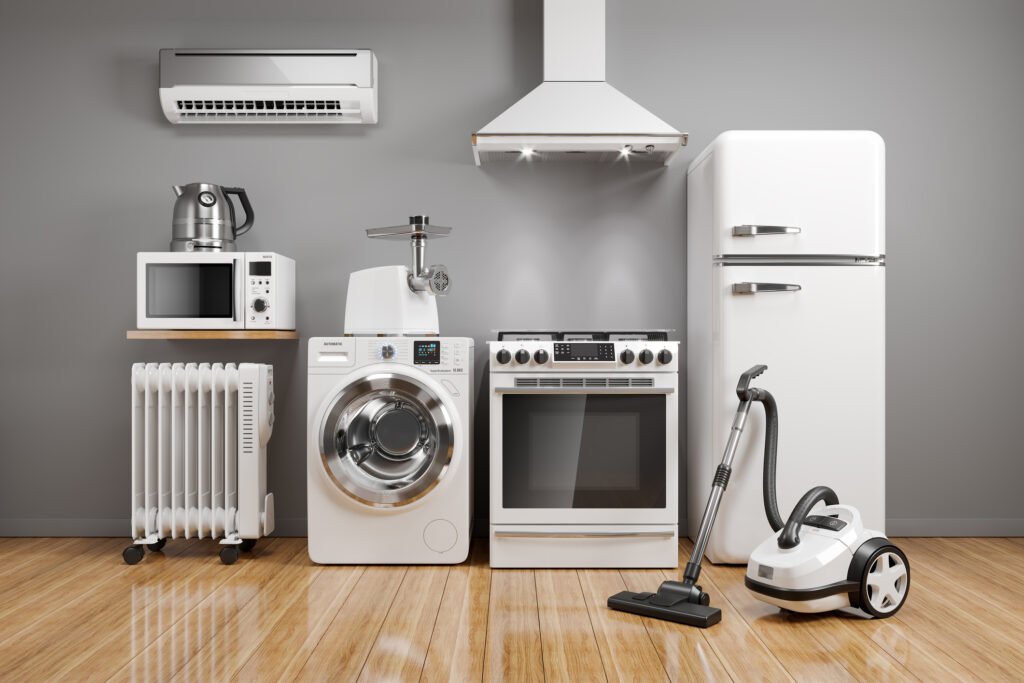In May 2025, the China National Light Industry Council published a draft of a recommended national standard titled “Specification for the Use of Recycled Materials in Household Appliances.” The proposed standard outlines requirements for incorporating recycled materials—such as plastics and metals—into household appliances, including classification indicators based on the proportion of recycled content. The final version is expected to be released later this year.
Application scope
The draft standard sets general requirements for the use of recycled materials in household appliances, covering evaluation and selection, process management, traceability, and calculation methods for post-consumer recycled content. It applies to recycled plastics, metals, refrigerants, and may be extended to other related materials.
General Requirements
- Recycled materials must meet design, quality, molding, safety, and reliability standards.
- Components made from recycled materials must perform comparably to those made from virgin materials.
- Recycled materials must not originate from hazardous waste sources such as medical waste or pesticide containers, nor from radioactive waste.
- Materials must comply with hazardous substance restrictions outlined in GB/T 26572, except where exemptions are listed in the “Exemption List for Restricted Substances in Compliance Management Catalog.”
Classification Based on Recycled Content
Products are classified into three grades based on the percentage of post-consumer recycled materials used:
| Grade | Total Recycled Material Usage | Recycled Plastic Usage |
|---|---|---|
| A | ≥ 8% | ≥ 5% |
| A+ | ≥ 15% | ≥ 10% |
| A++ | ≥ 25% | ≥ 20% |
Verification and Certification
- Verification is conducted using traceability documentation and factory audits.
- Sources of recycled materials must be clearly identified, distinguishing between post-consumer and pre-consumer origins, and whether they derive from household appliances.
- Certification may be performed by first-party (the company), second-party (stakeholders), or third-party (independent organizations).
- The process includes document review, on-site audits, technical assessments (if needed), and issuance of certification conclusions.
- Certification reports must include basic information, usage and addition rates, data quality assessments, final conclusions, and supporting documentation for each process stage.
The original draft document is available in Simplified Chinese at the following URL:
https://std.samr.gov.cn/gb/search/gbDetailed?id=1C401F4EFD6D2B7AE06397BE0A0AA8AC
 China Releases Draft National Standard for Use of Recycled Materials in Home Appliances
China Releases Draft National Standard for Use of Recycled Materials in Home Appliances 

























